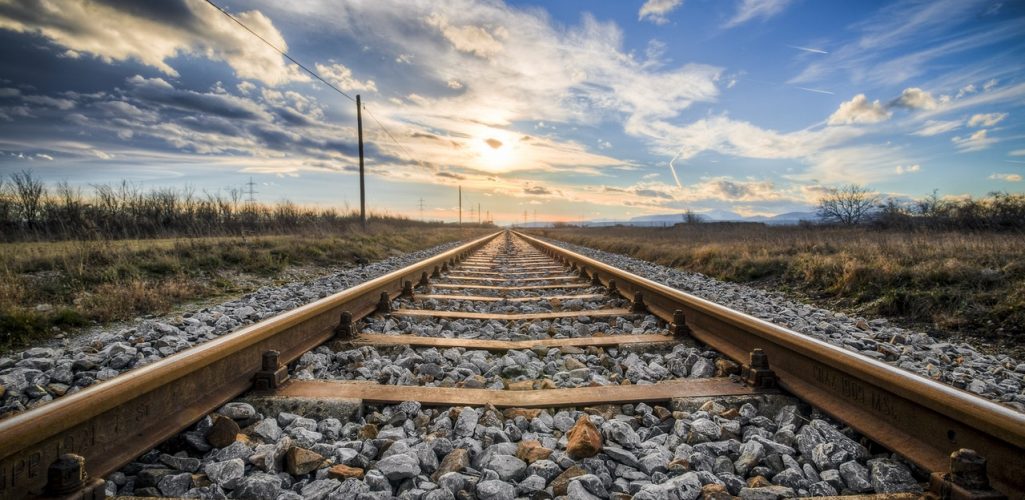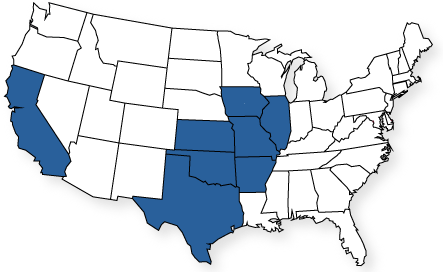If your business does any work on or near railroad tracks, then you are probably familiar with the term Railroad Protective Liability or RPL. It is something that is requested 9 times out of 10 but more like 10 out of 10 times because you’ll find it required if you are doing any of this kind of work. It is always required when you find yourself working on or near a railroad right of way. More specific, you’ll find it’s a requirement for contractors who work on or within 50 feet of a railroad track, owned railroad property or the railroad right-of-way. The reasoning behind it makes sense if you think about it. It is very dangerous to perform work on the railroad especially with the equipment that is being used as well as the potential use of explosives, and the extreme property values and life safety factors at risk.
Railroad Protective Liability is limited when it comes to coverage, as it only pertains to work being done on or near the railroad itself. This is also why, for the most part, a typical commercial general liability or CGL will not cover work being done on the railroad. Some policies will cover parts of performing work on the railroad if it is stated in the declarations and is also mentioned in the contract that was agreed to do work on the railroad though it will be most likely, very specific coverage. Though what is almost always excluded is any part of the contract that indemnifies the railroad for any losses that might result from any construction or demolition within 50 feet of railroad property. It’s important to note that usually explosion, collapse, underground damage is requested a lot of times for certificates of insurance when dealing with the railroad as many policies will exclude those hazards. It also should be mentioned that if you feel that you fit into any of these categories that you should really talk to one of our specialists as having an RPL policy would really be worth the time and may meet coverage requirements to perform any contract work.
Another considerations is that within the 50 feet area near railroad property railroad property is anything that could affect a railroad crossing, an underpass, a tunnel, roadbed, railroad bridge, a trestle and, of course, the tracks. A standard, unmodified general liability policy does not provide coverage for any of those along with the construction or demolition with 50 feet of railroad property. So, it can create a significant gap in coverage if you do not get a Railroad Protective Liability policy. In some of these policies though, Union Pacific (the railroad) would be the designated organization. It depends on the coverages and the company. Also, Railroad Protective Liability policies are difficult to secure. Most insurance companies will not issue a policy to provide this coverage. It really depends on the type and extent of work you may be performing.
There are two parts to the Railroad Protective Liability, RPL, coverage you receive with having this type of policy. The first coverage works like any policy. It covers bodily injury or property damage from the operations of a contractor as well as a sub-contractor, independent contractor or anything performed on behalf of the insured as they relate to the specific location of the job or defined work as started in the declarations page. The RPL policy also provides coverage for the Vicarious Liability, which is in the case of if there are any independent or sub-contractors a part of the work operations. Vicarious Liability is normally defined as when one party is held responsible for the actions or work of another person or party. So for the Railroad Protective Liability policy, whoever is the named insured is held liable based on another’s acts. For example, the hired contractor, sub-contractor or independent contractor. This contractor must be working for or within the right-of-way and on behalf of the insured.
The second part of the coverage is also very similar to a normal policy, but applies just with railroads. It deals with physical damage to the property which will provide direct pay for direct and accidental loss or damage to power equipment, railroad tracks, roadbeds, bridges, signals and signs, rolling stock and their contents. There is more that has to deal with railroad properties then is listed but what was previously given is a good example of what they would be looking for. The damage must be a result of acts or omissions at the job location or in connection with the work described in the declarations. The property must also be owned by or leased to the named insured under a lease or trust agreement. The coverage itself is limited. It only applies to the job location and its connection to the work that is defined in the Declarations. The coverage ends when the policy is expired, when work is completed, or when the contract terms are fulfilled. Whichever is the earlier date. For the most part, it will still look like your typical general liability policy. It will show general aggregate (other than products-completed operations), each occurrence, products-completed operations aggregate and such. It will just be, more or less, revised for railroads, if you read is and think, ‘wow, this looks like my general liability policy!’ It will be but it will help fill in those gap coverages that the commercial general liability policy will not cover. Depending on the work you are doing, you might want to ask if fencing is covered as many railroad tracks also have fences around them.
Due to the strict agreement nature of a Railroad Protective Liability policy, you’ll find there are many things that are also excluded from the policy such as pollution, war, nuclear, workers compensation, completed work, contractual liability and expected or intended injury. You must pay close attention to the policy contract and gain a full understanding of the coverage and exclusions found within these types of policies.
You should always consult with your agent or talk with one of our commercial specialists on what would work best for you, your company and your requirements to provide coverage under a Railroad Protective Liability policy.
Thanks,




